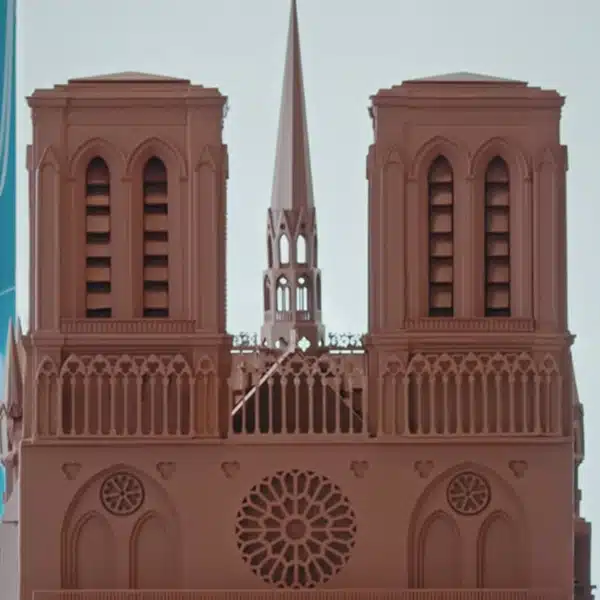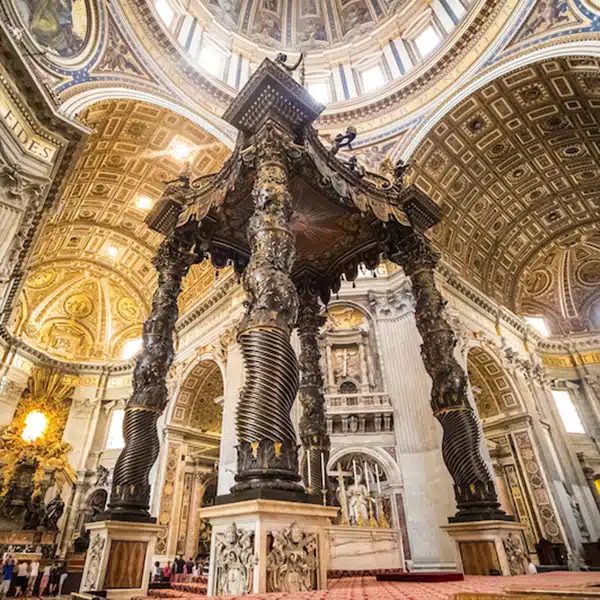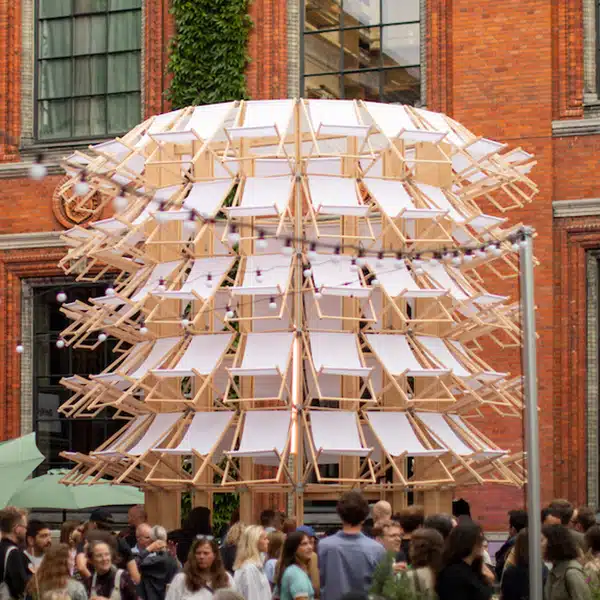
Photo: Iakov/Depositphotos
There's one positive byproduct of the devastating 2019 fire that ravaged Paris' Notre-Dame Cathedral. It's given experts the unique opportunity to study how the Gothic church was constructed. As renovation efforts began, it was revealed that enormous iron staples had been used all over the building to hold its heavy stonework together. The discovery answers some questions about the innovative technology used to construct what was, at the time, the tallest building in the world.
The staples each weigh between 4.4 and 8.8 pounds and span nearly 20 inches. Scholar Maxime L’Héritier from Paris 8 University Vincennes-Saint-Denis and his colleagues found thousands of iron staples on the floor and walls which were only made evident once the church's framework disappeared in the fire. Radiocarbon dating confirmed that the ironwork belonged to the earliest building stages, making Notre-Dame a cutting-edge construction site.
The use of lightweight iron, as opposed to the heavy stonework of Roman buildings, allowed for the tall and airy feel that is characteristic of Gothic architecture. “Compared to other cathedrals, such as Reims, the structure of Notre-Dame in Paris is light and elegant,” shared art historian Jennifer Feltman. Feltman was not involved in the study, but is an Associate Professor of Art History at the University of Alabama and specializes in Medieval art. “This study confirms that use of iron made this lighter structure at Paris possible and thus the use of this material was crucial to the design of the first Gothic architect of Notre-Dame.”
Given that the restoration is moving ahead at a rapid pace, the information couldn't come at a better time. Notre-Dame is being rebuilt using traditional methods, so knowledge of how to reuse undamaged staples is critical. Researchers are currently testing the staples to see their current strength so that they can make the most of what is still salvageable.
The 2019 fire that ravaged Notre-Dame also revealed the cutting-edge technology used to build the cathedral.

Photo: STYLEPICS/Depositphotos
Researchers have found that thousands of iron staples were used to hold together the stonework.
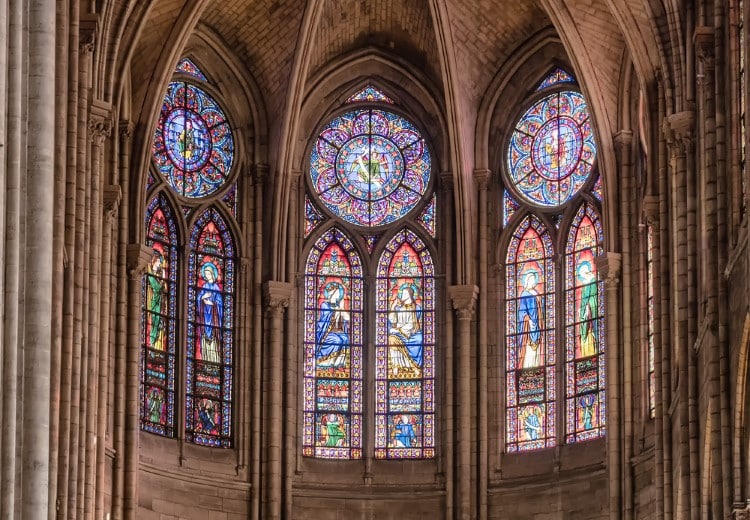
Photo: alfredosaz.gmail.com/Depositphotos
Innovative for their time, they allowed for the light, airy feeling that became a hallmark of Gothic architecture.
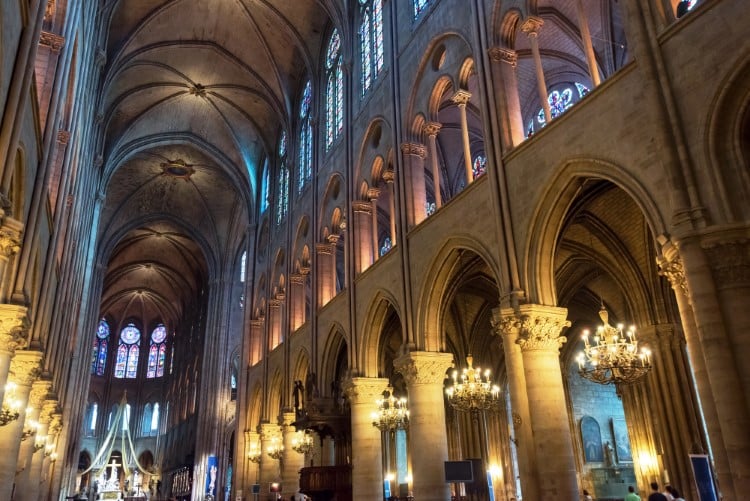
Photo: scaliger/Depositphotos
h/t: [New Scientist]
Related Articles:
National Geographic Gives Us a Glimpse of Notre-Dame After the Fire
Notre-Dame’s Famed Organ Will Undergo a Four-Year Restoration
6 Places in Paris Where You Can Still Experience Notre-Dame’s Medieval Magic
Medieval Human-Shaped Lead Sarcophagus and More Found Under Notre-Dame Cathedral











































































